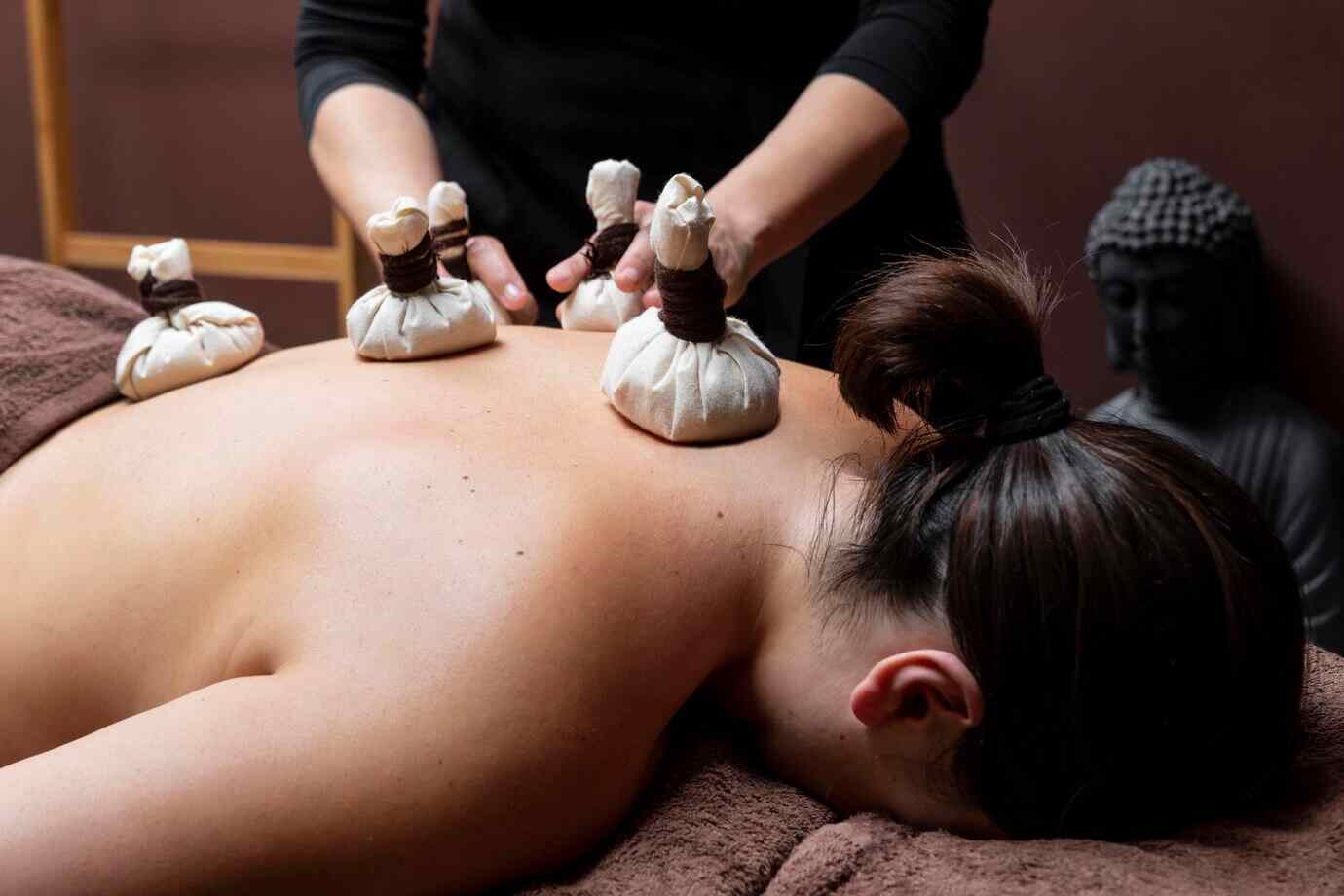Health Tools
Hygiene
Naturopathy
Mental health
More Articles
Panchakarma In Naturopathy: A Holistic Path to Wellness

Introduction
Panchakarma, a term deeply rooted in Ayurvedic and naturopathic traditions, is a transformative therapy renowned for its detoxification and rejuvenation benefits. In this comprehensive guide, we'll explore the world of Panchakarma in naturopathy, shedding light on its principles, therapies, benefits, and more.
The Five Actions of Panchakarma
Vamana (Emesis)
Panchakarma begins with Vamana, a therapy involving controlled therapeutic vomiting. This process effectively rids the body of excess mucus and toxins, particularly targeting the respiratory and digestive tracts. It's notably beneficial for those with respiratory issues.
Virechana (Purgation)
Virechana focuses on inducing controlled bowel movements, purging the gastrointestinal tract of accumulated toxins. This therapy is a go-to for individuals dealing with digestive disorders.
Basti (Enema)
Basti entails the administration of herbal enemas to expel toxins and balance the body's doshas. It's a powerful therapy, often used to treat various chronic health conditions.
Nasya (Nasal Therapy)
Nasya is a nasal treatment designed to clear the head and neck region, improving the functioning of sensory organs. This therapy is particularly effective for addressing sinus problems, allergies, and headaches.
Raktamokshana (Bloodletting)
Raktamokshana is a less common yet potent therapy that involves the removal of impure blood from the body, often through leech therapy. It's recommended for individuals with blood-related disorders and certain skin issues.
The Principles Behind Panchakarma
At its core, Panchakarma operates on three fundamental principles: balancing the doshas, detoxification, and rejuvenation. By restoring the body's natural equilibrium, this therapy promotes overall well-being. Central to its success is adherence to dietary changes, including the adoption of a sattvic diet.
Panchakarma Therapies
Panchakarma therapies are meticulously structured, encompassing preparatory procedures, the main treatments, and post-Panchakarma care. This comprehensive approach ensures a holistic and effective healing experience.
Conditions Treated with Panchakarma
Panchakarma is celebrated for its ability to address a broad spectrum of health concerns, including digestive disorders, stress and anxiety, skin conditions, and respiratory problems.
Benefits of Panchakarma
Panchakarma delivers a multitude of benefits, encompassing holistic wellness, detoxification, enhanced mental clarity, and increased energy levels. It renews the body and mind, paving the way for long-term health.
How to Prepare for a Panchakarma Retreat
Preparing for a Panchakarma retreat involves several key steps. These include finding a qualified naturopathic practitioner, gaining a clear understanding of the treatment process, and complying with dietary changes and restrictions. A thorough consultation will help tailor the experience to your specific needs.
What to Expect During Panchakarma
During a Panchakarma retreat, expect to undergo initial consultations and assessments. You'll experience the treatment process firsthand and gain insights into the duration and intensity of the therapies. This personalized approach ensures the best possible results.
Panchakarma Diet and Nutrition
Diet plays a pivotal role in the success of Panchakarma. A sattvic diet, rich in fresh, whole foods, is recommended. It's equally important to avoid certain foods and to follow dietary guidelines during and after the Panchakarma process.
The Role of Meditation and Yoga
Meditation and yoga are seamlessly integrated into the Panchakarma experience. These practices strengthen the mind-body connection, enhancing the healing process and contributing to long-term well-being.
Potential Side Effects and Precautions
Being aware of potential side effects, such as detox symptoms, and the need for precautionary measures is essential. Regular follow-up consultations with your naturopathic practitioner will ensure a safe and effective Panchakarma journey.
Success Stories and Testimonials
To truly understand the impact of Panchakarma, consider the real-life experiences and testimonials of individuals who have embraced this therapy. Discover how Panchakarma has transformed lives, leading to improved health and overall well-being.

Conclusion
In closing, Panchakarma in naturopathy stands as a holistic and powerful therapeutic approach that offers solutions for a wide range of health issues. Through detoxification, rejuvenation, and the restoration of balance, it paves the path to holistic wellness. For those seeking a natural and effective approach to healing, Panchakarma is a compelling choice.
Frequently Asked Questions
- Is Panchakarma safe for everyone?
Panchakarma is generally safe when administered by qualified naturopathic practitioners. However, individual contraindications should be assessed, so consult with your practitioner to ensure it's suitable for you.
- How long does a typical Panchakarma retreat last?
The duration of a Panchakarma retreat can vary depending on your health goals and the specific therapies required. It can last from a few days to several weeks.
- What dietary restrictions are there during Panchakarma?
During Panchakarma, you'll be following a sattvic diet, which includes fresh, whole foods. Certain foods, like processed and fried items, are to be avoided.
- Can Panchakarma help with mental well-being?
Yes, Panchakarma can contribute to improved mental clarity and overall mental well-being by removing toxins and balancing the doshas.
- Where can I find a qualified naturopathic practitioner for Panchakarma?
You can search for qualified practitioners in naturopathy or Ayurveda in your area. Ensure that they have experience in administering Panchakarma therapies for the best results.